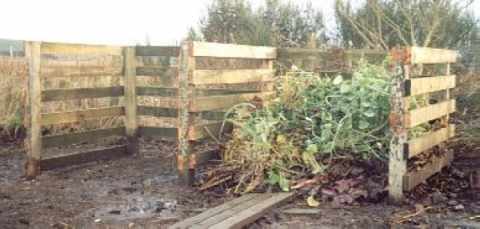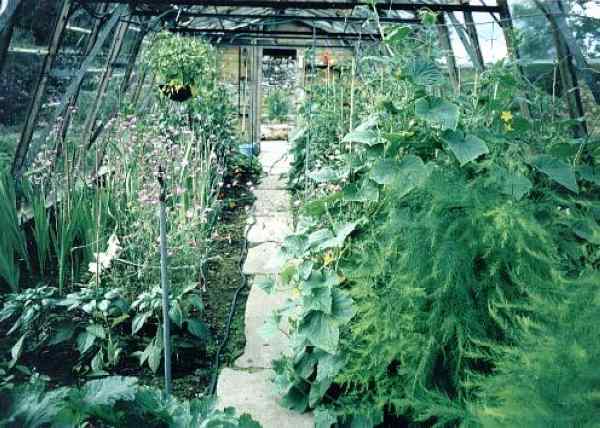|
Never Underestimate Number Twos Get down on your knees. Shove your hand in your soil. Pick up a handful and let it run through your fingers. Does it run freely? Then it lacks dung. Does it stick in your hand in a claggy lump? Then it lacks dung. Already, you can see where this piece is going. The average garden is seriously deficient in humus and organic matter. We work our plots and borders year after year, expecting them to perform to our ever increasing demands with the occasional addition of some chemical fertiliser to which the manufacturer appends the epithet “Miracle”, or similar. Chemical replacement nutrients are no substitute for natural nutrients produced by recycled material, which is after all, what Mother Nature does if left to her own devices. Organic matter, whether farmyard or stable manure, homemade compost, recycled waste, spent mushroom compost, leaf mould or any other, contain essential nutrients and trace elements in ideal, natural proportions, which our scientists cannot emulate. And they provide moisture retentive and drainage properties, which are essential to good plant growth, and which cannot be replicated by the chemical companies. Artificial fertilisers are an imbalanced food source. They provide certain forcing ingredients which provide vigorous, visible top growth at the expense of all round good health and disease resistance. So you buy inorganic fertiliser which produces wonderful, lush foliage on a plant which has grown too quickly to establish its natural disease resistance. And so is susceptible to moulds and fungal diseases. And the forced soft growth is irresistible to aphids and other pests. So off you go to buy fungicides and insecticides. And they are made by . . ? No, surely not the same chemical companies which sold you the artificial fertilisers in the first place. Clearly, I would not be so irresponsible as to suggest some sort of Conspiracy Theory. This humble columnist merely observes, and points out coincidences. It is worth noting, however, that Monsanto, the main player behind GM crop trials, is also the main producer of the herbicides which can curtail the spread of modified crops, should they get out of hand and make like triffids. Allegedly. Play safe and make your own garden compost.
Please don’t be conned by the designer products in the designer gardening catalogues. You don’t need a tumbling barrel with 24 carat (carrot!) gold trimmings, and a proprietary chemical activator produced under an innocuous brand name by Mons . . . a major chemical manufacturer. Nope. All you need is a basic box made with posts and chicken wire, or some scrap timber. Put in all your vegetable kitchen waste, but not any animal by-products which attract vermin. Add leaves, dead stems, non-woody prunings - in fact anything out of the garden apart from diseased plant parts, woody stems, and perennial weed roots. Add some grass clippings, but not too much - no more than a third of the total volume. It is often advised to add layers of soil, but in my experience this is not necessary, though it does no harm. Also not essential, but very helpful, is the occasional sprinkling of high-nitrogen fertiliser, because the decomposition of green material is a process which uses nitrogen, and the addition of same speeds the process. Proprietary compost activators are basically high nitrogen fertilisers in fancy packets at inflated prices. To avoid artificial fertilisers, and achieve the same result, add a sprinkling of dried chicken manure, which is high in nitrogen. Keep your compost heap moist, watering it if necessary. Cover it with a piece of old carpet or similar, to keep the moisture and heat in. And mix it with a fork now and again, to aerate it. And in a few months you with have a crumbly organic soil conditioner good enough to eat. Dig it in, and you will be amply rewarded. However, it goes without saying, if you have access to quantities of well-matured dung, this is even better.
|

